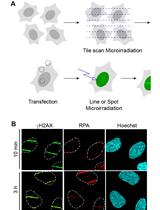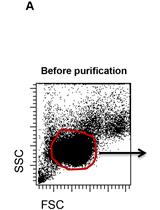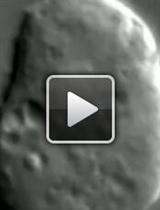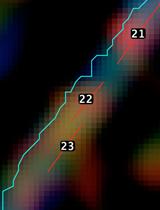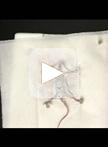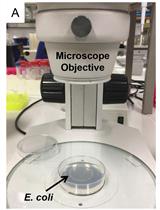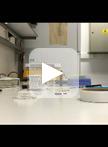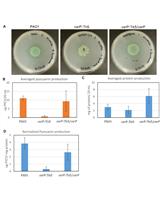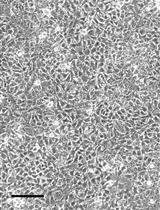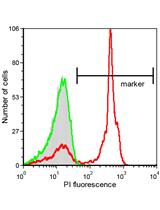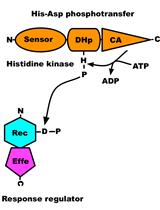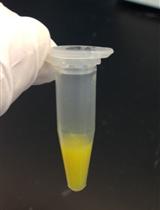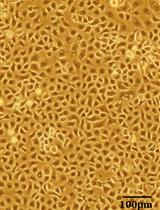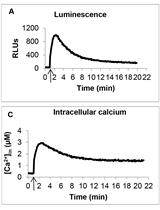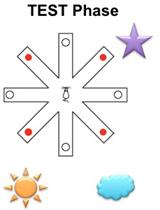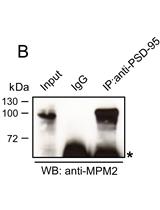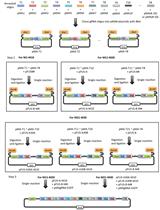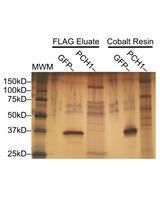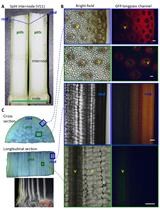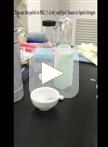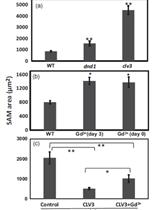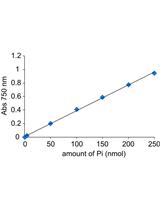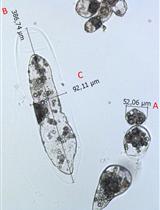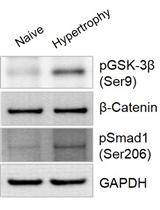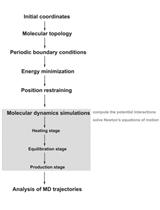- Protocols
- Articles and Issues
- About
- Become a Reviewer
Past Issue in 2016
Volume: 6, Issue: 23
Cancer Biology
DNA Damage Induction by Laser Microirradiation
Lentiviral shRNA Screen to Identify Epithelial Integrity Regulating Genes in MCF10A 3D Culture
Cell Biology
Lymphocyte Isolation, Th17 Cell Differentiation, Activation, and Staining
Isolation of Latex Bead Phagosomes from Dictyostelium for in vitro Functional Assays
Analysis of Myosin II Minifilament Orientation at Epithelial Zonula Adherens
Developmental Biology
Vascular Smooth Muscle Cell Isolation and Culture from Mouse Aorta
Intracellular Assessment of ATP Levels in Caenorhabditis elegans
Measuring Oxygen Consumption Rate in Caenorhabditis elegans
Microbiology
Pyocyanin Extraction and Quantitative Analysis in Swarming Pseudomonas aeruginosa
Murine Leukemia Virus (MLV)-based Coronavirus Spike-pseudotyped Particle Production and Infection
Single Cell Flow Cytometry Assay for Peptide Uptake by Bacteria
In vitro Autophosphorylation and Phosphotransfer Assay of Cyanobacterial Histidine Kinase 2
Preparation of Purified Gram-positive Bacterial Cell Wall and Detection in Placenta and Fetal Tissues
Mouse Model of Dengue Virus Infection with Serotypes 1 and 2 Clinical Isolates
Measurement of Intracellular Calcium Concentration in Pseudomonas aeruginosa
Neuroscience
Delayed Spatial Win-shift Test on Radial Arm Maze
Various Modes of Spinal Cord Injury to Study Regeneration in Adult Zebrafish
MPM-2 Mediated Immunoprecipitation of Proteins Undergoing Proline-directed Phosphorylation
Plant Science
A Golden Gate-based Protocol for Assembly of Multiplexed gRNA Expression Arrays for CRISPR/Cas9
Tandem Purification of His6-3x FLAG Tagged Proteins for Mass Spectrometry from Arabidopsis
Fusarium graminearum Maize Stalk Infection Assay and Associated Microscopic Observation Protocol
Extraction and Measurement of Abscisic Acid in a Unicellular Red Alga Cyanidioschyzon merolae
Microplate Assay to Study Carboxypeptidase A Inhibition in Andean Potatoes
Shoot Apical Meristem Size Measurement
Measurement of ATP Hydrolytic Activity of Plasma Membrane H+-ATPase from Arabidopsis thaliana Leaves
Isolating and Measuring the Growth and Morphology of Pro-embryogenic Masses in Araucaria angustifolia (Bertol.) Kuntze (Araucariaceae)
Stem Cell
In vitro Chondrogenic Hypertrophy Induction of Mesenchymal Stem Cells
Systems Biology
Protocol for Molecular Dynamics Simulations of Proteins


